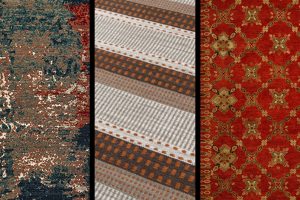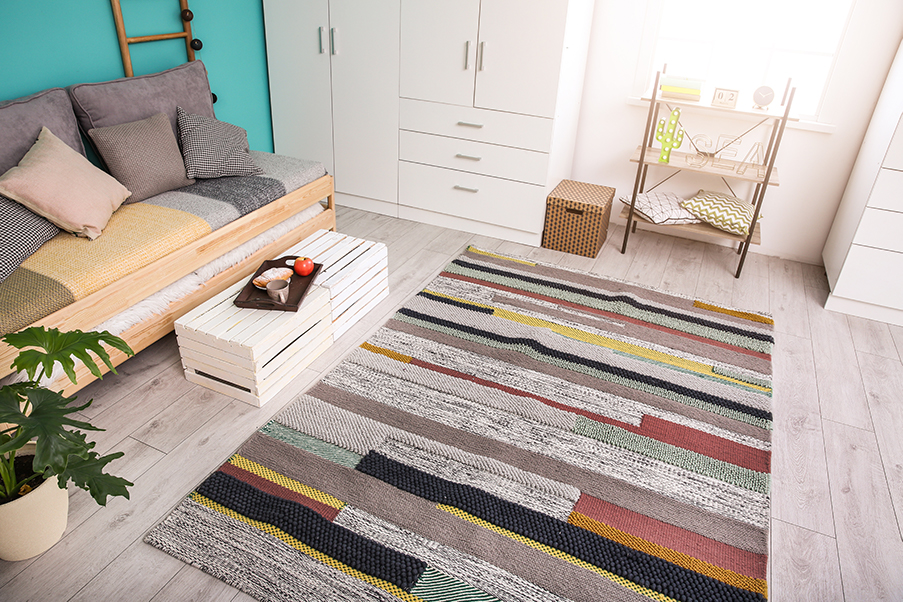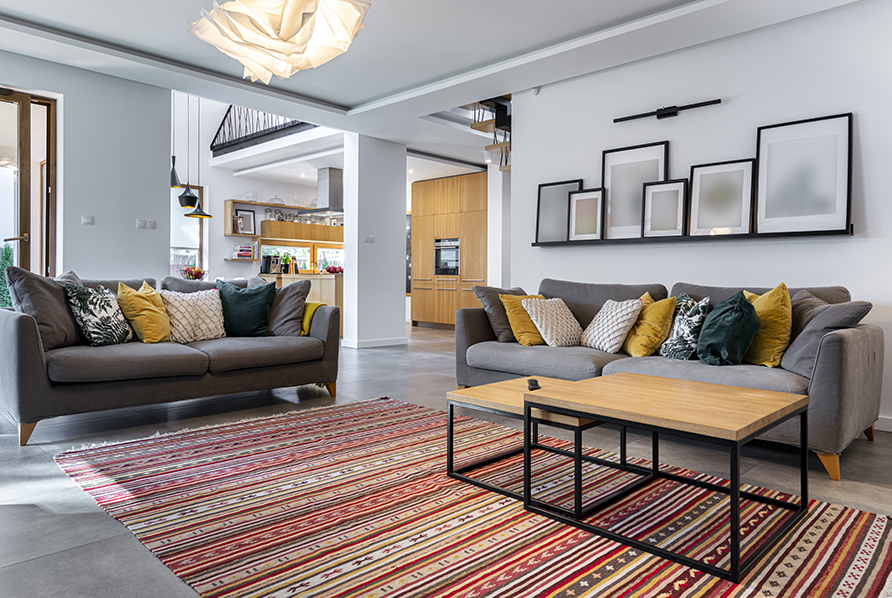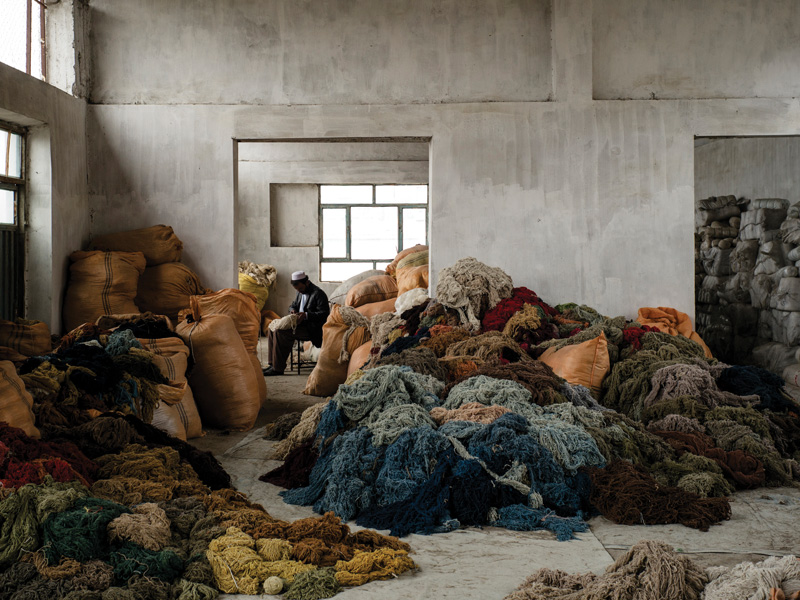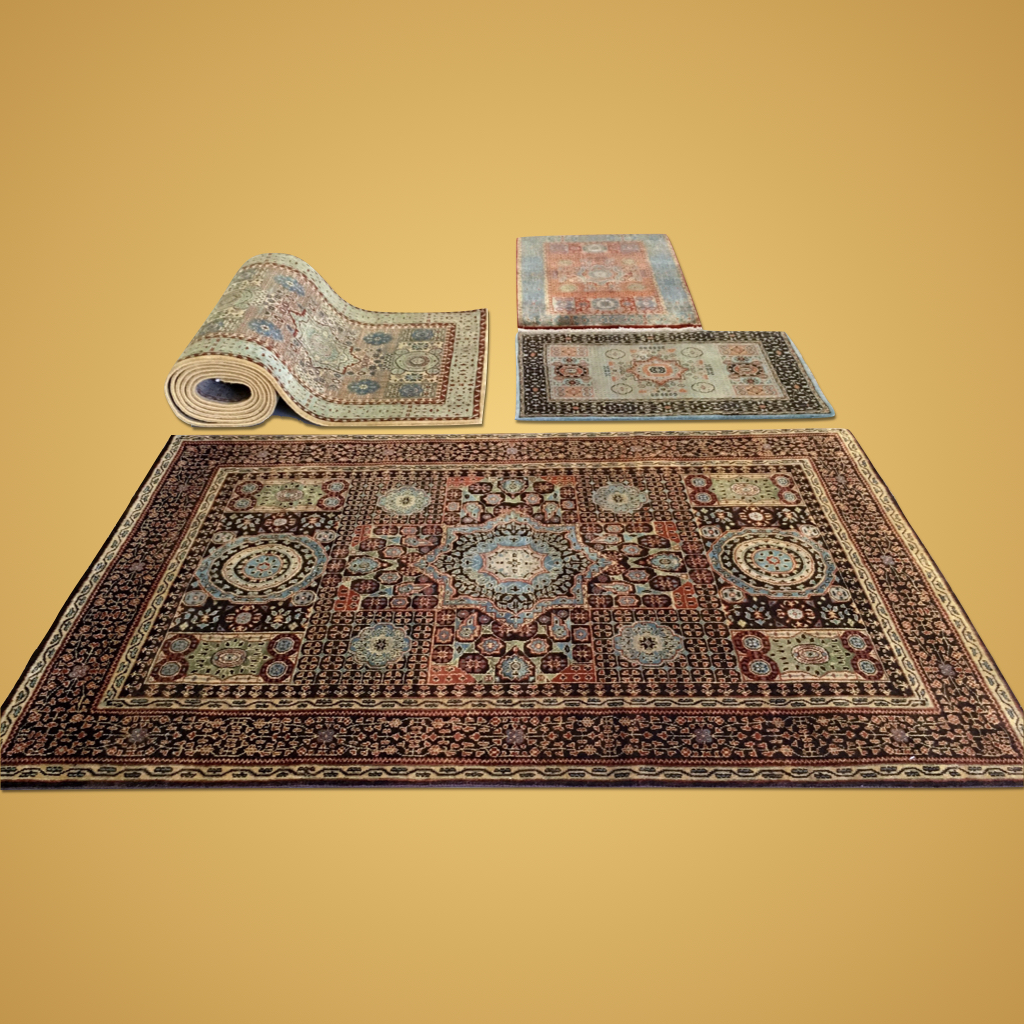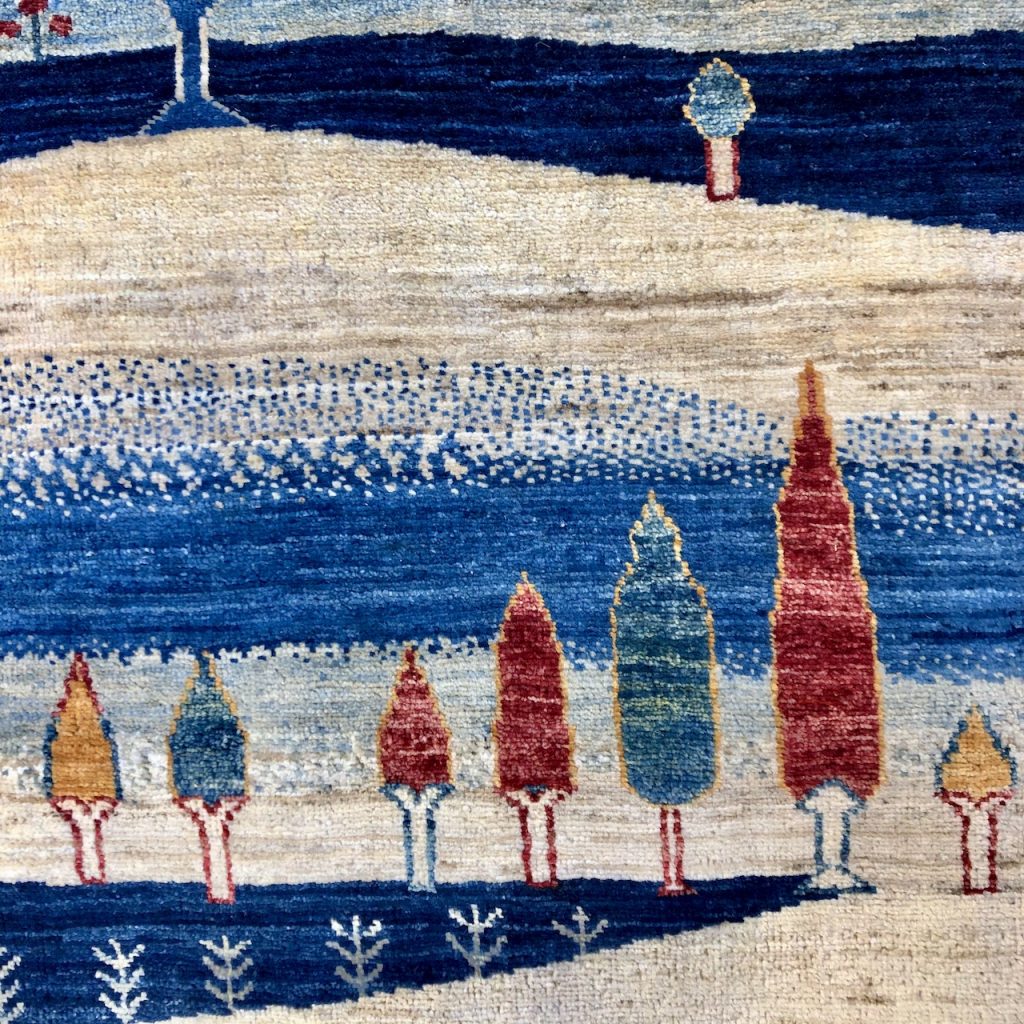The recent Taliban take-over in Afghanistan has led to some uncertainty among the country’s rug industry. Although the supply is currently holding steady, that may not be the case in the upcoming months. Due to the unfortunate events, Afghanistan is on the verge of a humanitarian and economic crisis. Because of this, many factors are involved in the future of the country’s citizens, including those who hand make the unique and beautiful rugs. These challenges include a lack of world banking exchanges, isolation of jobs and money, vacant government offices and workers, not to mention little law and order. The result is a mass exodus of citizens and weavers from the country, which has many people wondering, what becomes of the rug weavers?
The Future of Afghan Rug Weavers
To truly understand this, we need to take a look back at 20 years when the U.S. invaded Afghanistan. At that time, Afghanistan rug weavers left the northwest territory in Pakistan and returned to their homeland to weave more rugs. In many ways they came back more knowledgeable than ever and did a great job of improving colors, designs and ramping up production. They needed work and pay and improving the handicraft of Oriental rug weaving and the industry fit perfectly into their plans.
Life Under the Taliban
If Afghanistan’s new Taliban government does not improve its economy and human needs, then its citizens and weavers will have to make their livelihoods elsewhere. For many, this means a return to neighboring countries including Pakistan to resume hand-knotting Oriental Rug weaving. In fact, this shift is already beginning.
What this Means for Consumers
The move towards setting up new lives in neighboring countries is not an easy one for any. The result could be a possible lag of Afghanistan rugs in a years’ time and possible cost increases of rugs. Yet, it is too early to know what is to come. Fortunately, Afghanistan weavers are so talented and highly skilled, that they have the ability to produce beautiful rugs in a short period of time. That’s their past history!




